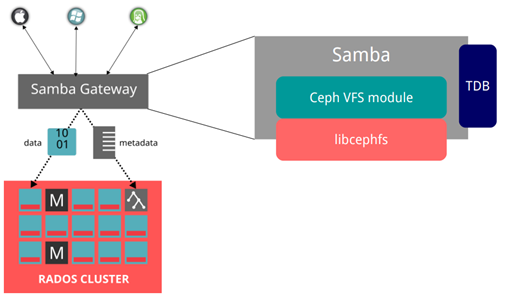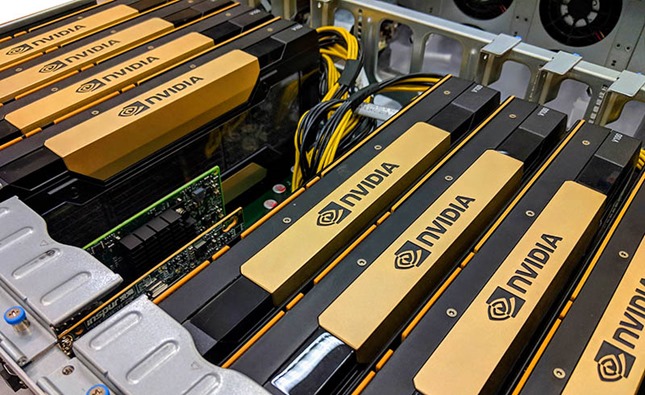2019/09/27
by Piotr Pisz
0 comments
The purpose of today’s exercise will be to run a secure, full HA, Samba cluster with which we will serve files directly from CephFS and authorize users at the OpenLDAP level. The closest equivalent to this configuration is the Failover Cluster + DFS service available in Microsoft Windows Server 2012+. Ceph and OpenLDAP configuration can be found in the linked articles, here we will focus mainly on CTDB and Samba. Clustered Trivial Data Base, because this is how this abbreviation develops, ensures the consistency of user sessions between multiple nodes. He also oversees the work of samba itself. In this configuration the VFS module samba-vfs-ceph (Samba Gateway for CephFS) will be used, this module allows samba to work correctly (natively) with CephFS. Using this module, Samba dumps all file operations (opening, blocking, closing, etc.) on CephFS. To ensure consistency with recent configurations, users will be taken from OpenLDAP (the entire Samba configuration will also be stored there). Thanks to this approach, we will obtain a coherent, redundant configuration that will seamlessly connect many components. Due to the use of the latest versions, which are not available in CentOS 7 or Ubuntu 18, all configuration will be carried out on Fedora Server 29 (but I think we will put it on CentOS 8 without any problems).

Continue Reading →








